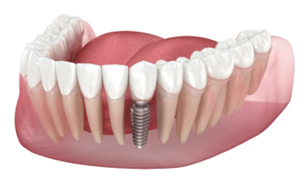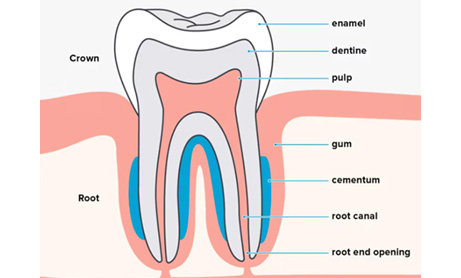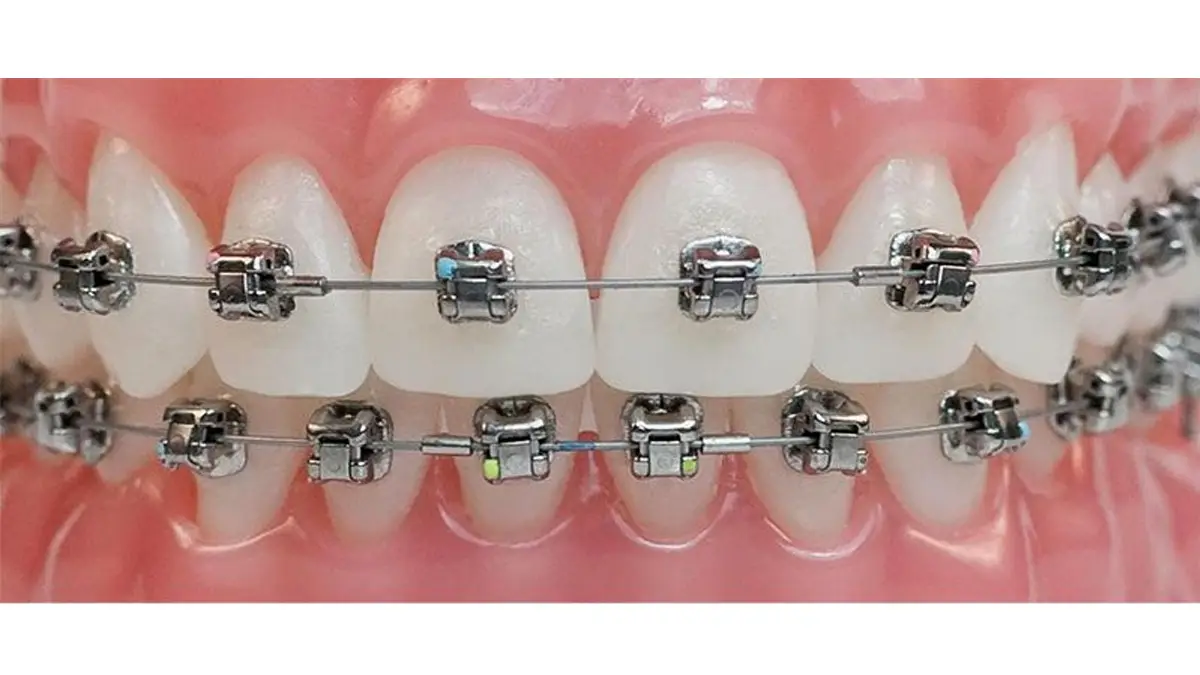The thought of braces usually conjures up images of a metallic smile. In reality, orthodontics has evolved to the extent of providing various options to those seeking more aesthetic and convenient options. This article will discuss the different types of braces that are provided.
——–
See Also: What are the basic differences between “Braces and Aligners”?
Metal braces
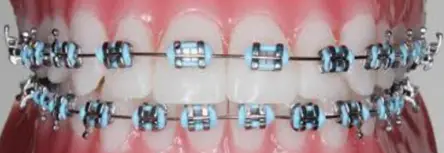
These are conventional braces that were the most commonly used until the recent past. They consist of metal blocks called brackets which are bonded (temporarily glued) to the teeth. A thin metal wire is passed through these brackets to exert force on the teeth. The wire is kept in place by elastics that secure the wire to the brackets.
Pros:
• Predictable
• Durable
• Economical
Cons:
• The metal brackets make the braces too obvious giving an unaesthetic smile; and is usually the main reason why many patients hesitate from treatment.
• The metal brackets may cause abrasion to the lining of the lips and cheeks.
• The elastics cause friction and reduce the force of the wire increasing the treatment duration.
• Food tends to stick around the brackets increasing chances of cavities.
Ceramic braces

Ceramic braces work similar to the metal braces. However, the major difference is that the brackets are made of ceramic. Hence, they are softer and tooth-coloured. The main visibility of braces is due to the brackets. As the brackets in this case are tooth-coloured, they are less visible. This is why ceramic braces are the preferred choice these days.
Pros:
- Less visibility and high aesthetic value
- Gentle to the lining of the mouth
- More readily accepted by patients
Cons:
- Slightly more expensive than metal braces
- Regular ceramic braces still use elastics, which can prolong treatment time.
- Attracts food around the brackets and elastics increasing chances of cavities
- The elastics used can discolour, giving a yellowish appearance to the braces.
Lingual braces
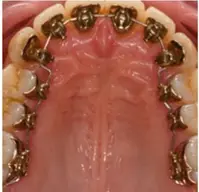

These are in principle similar to metal and ceramic braces. However, while conventionally braces are fixed on the outside surface of the teeth, lingual (facing the tongue) braces are placed on the inside surface of the teeth.
Pros:
Highly aesthetic as they are not visible while smiling
Cons:
- The tongue keeps coming in contact with the braces and may cause it to be abraded.
- Talking and eating may be challenging
- Overall, not as easy to get used to as regular braces
- More expensive than traditional braces
Self-ligating/ Damon braces


These are also called self-locking braces and are an excellent option with distinct advantages over conventional braces. Self-ligating braces utilize special brackets that eliminate the need for elastic bands. These brackets have built-in clips or doors that hold the wires in place, reducing friction and allowing for more efficient tooth movement. They are available in both metal and ceramic as shown in the pictures above.
Pros:
- Faster movement of teeth reducing treatment duration
- More comfortable than regular braces
- Smaller brackets and lack of elastics make them less visible
- Fewer components to manage
- Easier to maintain
Cons:
- They are more expensive than the regular braces.
Aligners
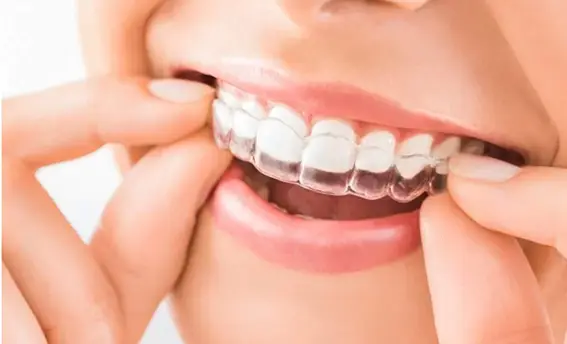

These are a fantastic alternative to braces. Aligners do not involve any brackets or wires. They are clear removable trays similar to a night guard that can be easily placed on the teeth. These are custom-made and a set of pre-fabricated trays is designed based on the calculated desired movement. They are handed to the patient to be worn for at least 22 hours a day, except while eating and brushing. The patient is instructed to wear the aligners in the recommended order and shift to the next set roughly after every two weeks.
Pros:
- Discreet and aesthetic option
- Comfortable
- No food restrictions
- Easier to maintain
- Less chances of cavities as better cleaning of teeth possible
- Fewer visits needed
Cons:
- May not be able to correct major misalignments
- Not suitable for complex cases
- Results dependent on wearer compliance, hence less predictable
To sum it up:
Braces are a fantastic treatment modality to permanently correct smile and teeth alignment. The choice of braces depends on personal preference, budget constraints and case feasibility. All things considered, Self-ligating ceramic braces emerge as the clear winner as they are faster, more aesthetic and comfortable compared to regular braces. Unlike aligners, they can be used even for complex cases. Consult an orthodontist to know more about the treatment plan, duration and budget that your case demands.




